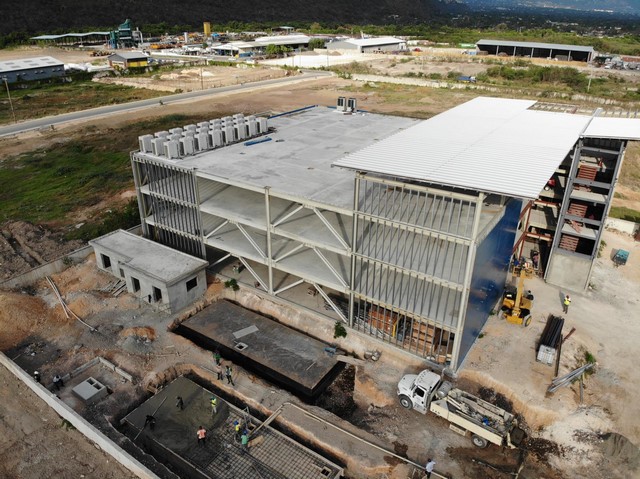New technology, new methods
In recent years, technology has made many industries simplify their processes and dynamics, both internal (organization) and external (providers, customers, shareholders). Working methodologies from lean manufacturing to lean start-up, and almost everything that comes before the noun lean, have made companies achieve advantages over those that do not implement them.
Among the great achievements of agile working methods is the decrease of the time to market, which is, the time it takes for a product from its conception until it is available to be bought. In the field of construction, this is the period from when the project is conceived in sketch until it is delivered to the owner. Of course, there is no standard time for this, and possibly for none, simply because this depends on the attributes of each project, but the truth is that the longer a project takes to complete, the more opportunities a company loses and the more problems arise.
Increasing competition and the growth of technologies like BIM (Building Information Modeling) have further fueled the importance of end time in the construction industry. Thus, this industry has not been the exception and there are many companies, distributors, contractors, and stakeholders that are making efforts to lessen the time they take to finish a project.

What time to market means for the stakeholders
Failure to accomplish on time carries significant consequences that can lead to less profitability and missed opportunities. Here are some of the effects caused by not taking into account the reduction in the time of execution and completion of a project:
For the builder:
- Friction with the client for possible breaches
- Loss of credibility in the market
- Lack of liquidity for payments that are not executed due to delay
- Deterioration of relationships with suppliers due to payment delays that depend on the disbursements of the ones who finance the project
- Increased use of labor, increasing costs
- More equipment usage time, which means money outlays
For investors
- Loss of opportunity of the property as a source of income
- Image deterioration for clients
- Loss of clients who find a quicker alternative
- Disadvantageous position before its competitors
Clients or users
- Losses due to inability to operate on the property
- Decline in the company’s positive image
- Possible legal or contractual problems in which time is key
How to reduce the time to market
As we can see, delay time and a long time to market carries problems that flow down to each of the stakeholders in the industry. Based on this, below, we can see the aspects to take into account in order to reduce Time to Market and be more competitive:
Planning and scheduling: those who are engaged in construction are all very familiar with this; the real problem comes in the execution, where the gaps arise. Using technology like BIM helps greatly in calculating the times for each phase more appropriately.
Design: lean towards designs that involve more of everything that is prefabricated. By definition, everything that is made on site, slows down the execution, so it is suggested to give priority to designs and materials that allow you to reduce time.
Tasks management: again, BIM can help a lot in this regard, avoiding duplication of tasks or unnecessary responsibilities.
Information and feedback: The executor needs to have all the daily information on the project’s performance in order to find bottlenecks and determine ways to unravel them.
Materials: of course materials are included from the design phase, but it is worth emphasizing that the prefab-materials producers have already incurred the time to manufacture these materials, something that, if it were otherwise, will be incurred by the builder. In addition, the pre-egineered materials have the advantage that they greatly reduce the labor, equipment and transportation needs.
Tools: everything necessary for the execution must be available, handy and strategically located within the field.
Logistics: construction projects must have specialists in logistics for the movement of materials and people who are involved in the project. Again, BIM is an excellent philosophy of work and technology that contributes to this. An analysis of the flow of these resources will greatly reduce time and consequently costs.

As a conclusion
To conclude, we must point out that being competitive today does not only mean a project that has been finished well at lower costs, because the time factor is, in the 21st century, possibly the most valued resource. In addition, as we explained, every single day that a building is not finished means there is money someone is losing, so the expenses reductions of materials of the constructor could be overridden by time-to-market costs. Industries, markets, people, our individual lives move faster and faster nowadays so time is becoming scarcer. Thus, everything that manages to reduce delays and waiting is well accepted by stakeholders, who are willing to pay for this advantage. If a construction firm can achieve this it is developing a huge difficult to match advantage over competitors.

